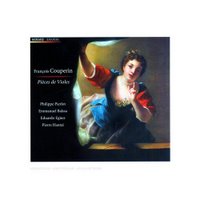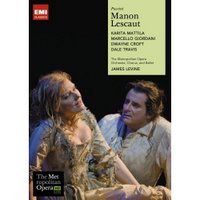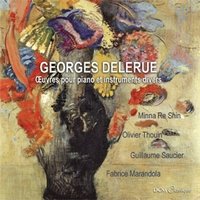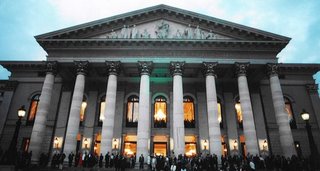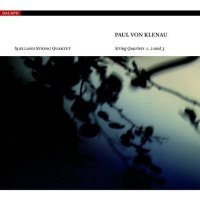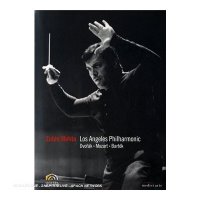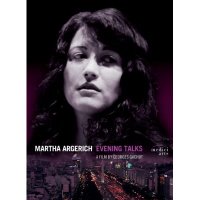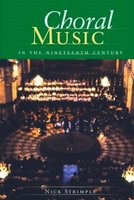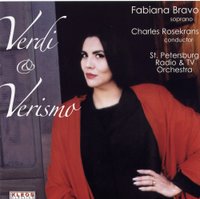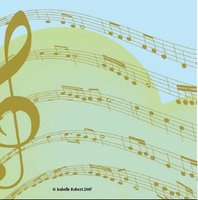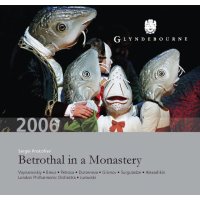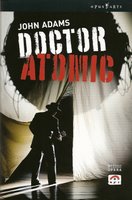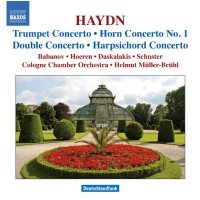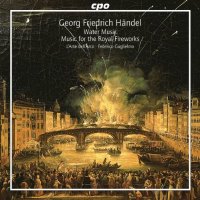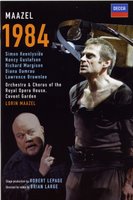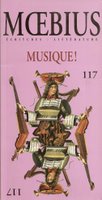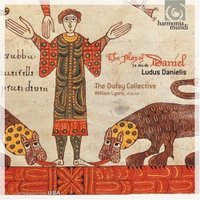Classical Travels with Paul E. Robinson
THIS WEEK IN TEXAS

Every month, forty or so music-lovers gather in one of the finest private homes in Austin to listen to chamber music: this is Salon Concerts, now in its nineteenth season.
Salon Concerts was created by two of the finest musicians in the area – violinist Robert Rudié and pianist/composer Kathryn Mishell. As Robert approaches his 90th year, he continues to appear as a violinist in the series – at this concert he played excerpts from Bach’s Sonata No. 1 for Solo Violin with wonderful tone and expression - but more and more of the artistic direction has been taken over by his wife, Kathryn. I joined the group for their latest soirée called Instrumental Magnetism, and enjoyed it immensely, not least of all for the chance to hear a new work by Kathryn.
Made by the Same Master, Violin & Cello Notably Drawn Together
The piece was called "Duo for Violin and Cello: Reunion," and there is a fascinating back story. In the 1860s in Paris, one of the great makers of string instruments was Gand Frères. Of the many instruments produced by the company over the years, two of them found their way to Austin. There was a violin owned by Brian Lewis, a professor of violin at the University of Texas, and a cello owned by Douglas Harvey, principal cellist of the Austin Symphony and the Austin Lyric Opera. In fact, the two instruments were part of a set of four commissioned by Napoleon III and all were made from the same piece of wood!
While the two Austin musicians knew each other, neither knew until recently that the other owned a Gand. Lewis and Mishell had the brilliant idea of bringing the two musicians together to play chamber music on their “Gands.” But more than that, Mishell would bring them together to play music especially written for them and their precious instruments.
Against this background, composer Mishell set to work. As a unifying musical device she used the familiar French nursery song"Frère Jacques," thus indicating 1) the birthplace of the instruments - Paris, France, 2) the makers of the instruments - Gand Frères, and 3) the fact that in being created from the same piece of wood, the two instruments are natural brothers (frères).
Kathryn went a step further. She told me that since the sibling instruments were born in 1863 and 'grew up' in France, they would have known and 'sung' "Frère Jacques" as 'children', as the first publication of the words and music together dates from 1860.
Lewis and Harvey gave a fine performance of the new piece, showing off their Gands and their own considerable talents. Lewis even brought along some coins from the time of Napoleon III to show audience members, in the spirit of the occasion.
Vitizslava Kaprálová's Rarely Performed "Elegy" Rates More Play
The first half of the evening’s program included an impassioned performance of Bohuslav Martinu’s "Three Madrigals" by Lewis and Bruce Williams, principal violist of the Austin Symphony. Lewis and pianist Rick Rowley then presented the rarely-heard "Elegy" by Martinu student Vitizslava Kaprálová. Mishell is well-known for championing women composers – her KMFA radio series Into the Light won a Communicator Award of Distinction last year – and tries to work at least one piece by a woman into each Salon Concerts program.
Kaprálová was a gifted young Czech composer destined to become a major figure. Sadly, her life was cut short by tuberculosis at the age of twenty-five in 1940. The "Elegy" is a beautiful piece and deserves to be better-known. For more on Kaprálová visit the website of the Kaprálová Society. The society is based in Toronto and includes on its advisory board two old friends of mine: pianist Antonin Kubalek and conductor/broadcaster Kerry Stratton.
A Joyous Evening of Intimate Music-making...
The major work on the program was Brahms’ Piano Trio No. 1 in B major Op. 8, played by Lewis, Harvey and Rowley. I prefer the opening tune played with a little more restraint so that one can fully savor its breadth and nobility, but in this performance enthusiasm and the sheer joy of making music carried everything before it. After all, the tempo marking is ‘Allegro con brio’.
I think, however, that I have the composer on my side for the tempo in the slow movement. Brahms marked it ‘Adagio’ and ‘four to the bar’, but pianist Rick Rowley started off at what seemed to me double the tempo, with far too much volume. Surely, those opening chords are meant to suggest almost a suspension of time, just hanging in the air, at a distance, and barely audible. Admittedly, this is difficult to achieve in the living room of a private home - but it can be done.
...Followed by Mixing, Mingling and Fine Food & Wine
As always, the music-making was followed by some world-class cuisine, prepared by the ever-resourceful Chef Pascal.
If I am giving the impression that Salon Concerts is some kind of elitist enterprise, bear in mind that the price tag for the concert and the food was all of $35. Consider also that Salon Concerts manages to raise enough money to maintain its educational activities, in addition to its intimate concert series; the CHAMPS program provides weekly chamber music coaching to over sixty young musicians in Austin’s middle and high schools every year.
Paul E. Robinson is the author of Herbert von Karajan: the Maestro as Superstar and Sir Georg Solti: his Life and Music, both available at http://www.amazon.com. For more about Paul E. Robinson please visit his website.
Blog photo by Marita.
Labels: Anton Kubalek, Austin Lyric Opera, brahms, classical, Kaprálová, Kathryn Mishell, Martinu, Robert Rudie, Salon Concerts, Texas, travel
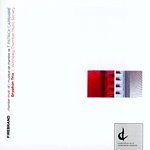 Gryphon Trio; Winnipeg Chamber Music Society
Gryphon Trio; Winnipeg Chamber Music Society